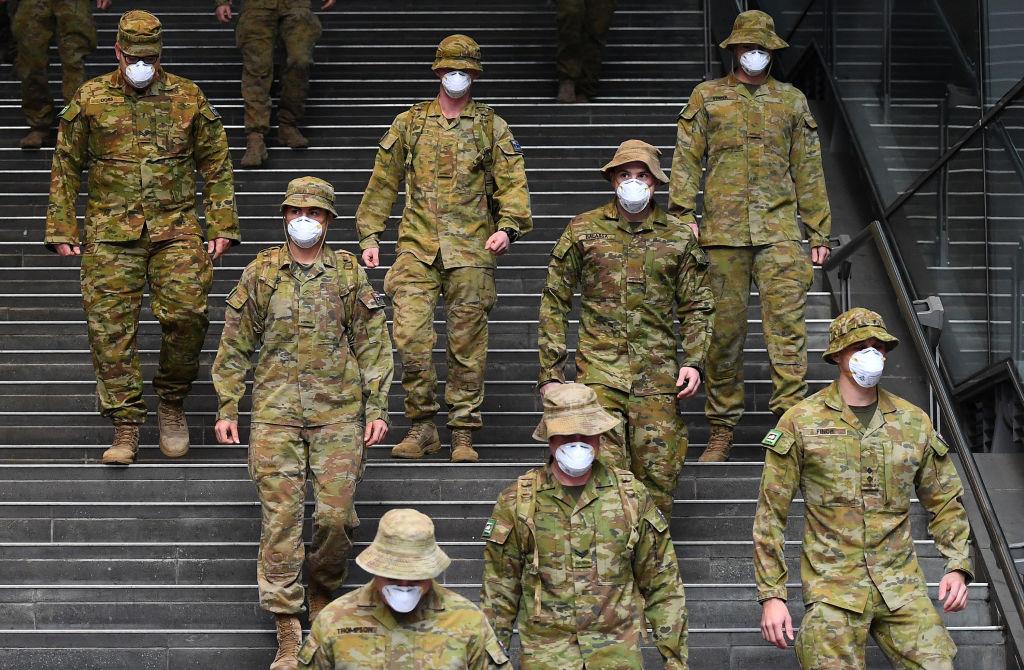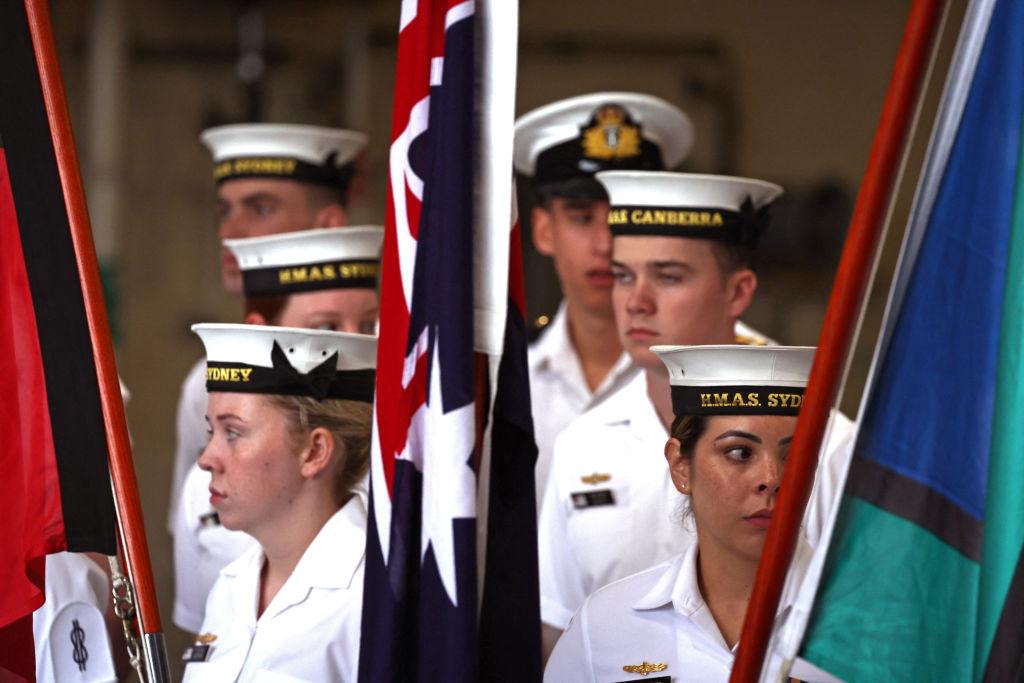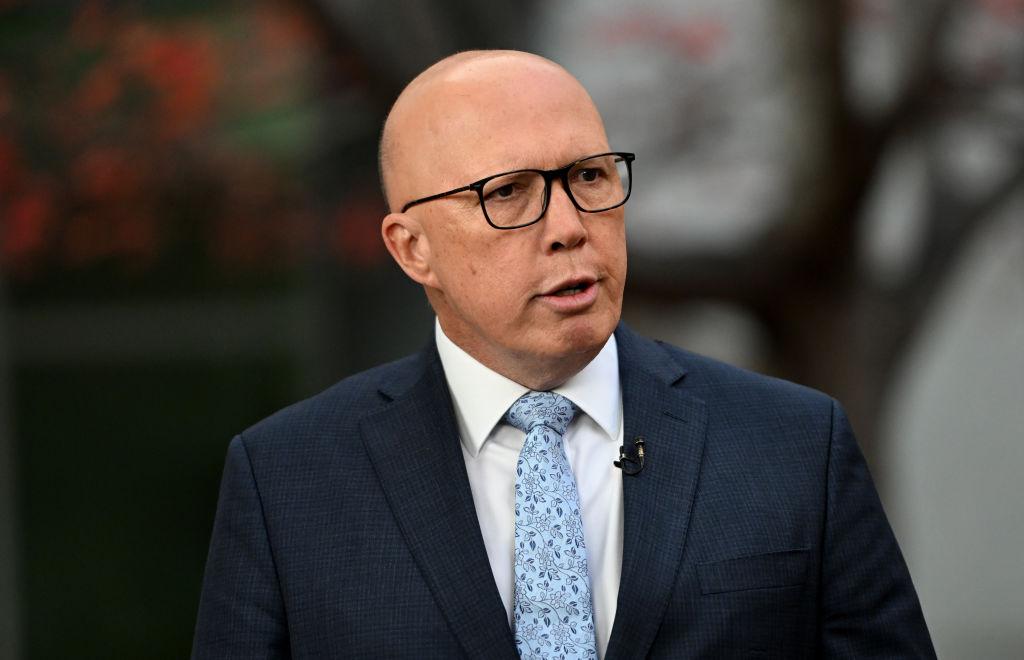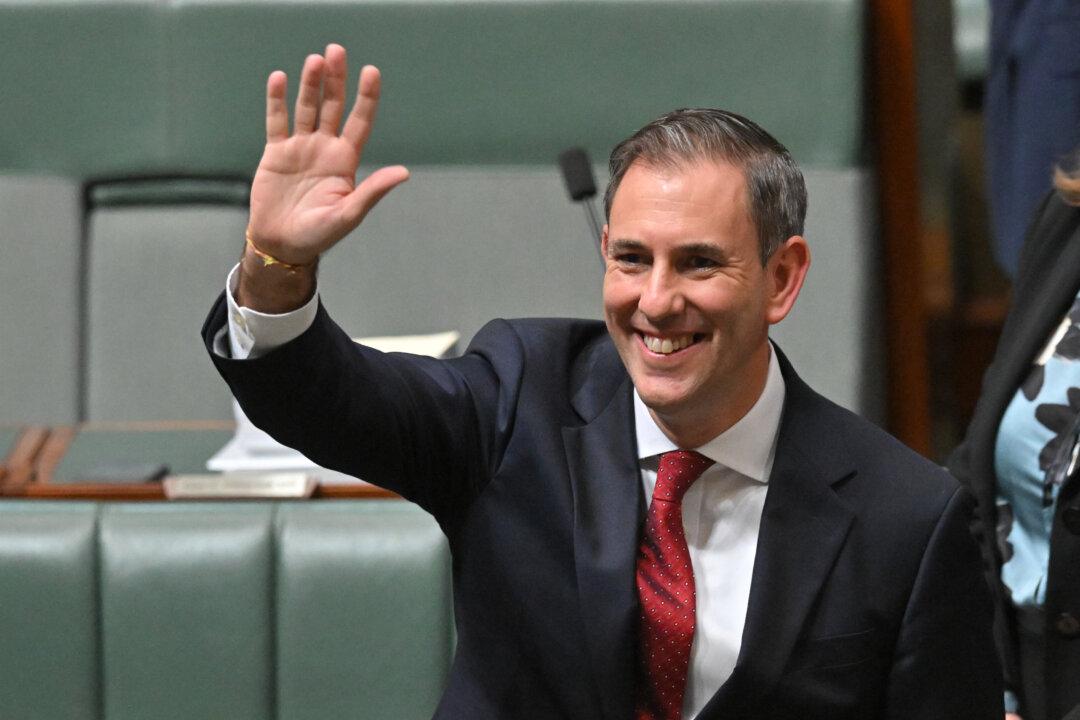Commentary
The Defence White Paper published by the Australian government in 2016 was the most far-reaching and comprehensive of its type. Projecting forward for 20 years, the paper, and its accompanying Defence Industry White Paper, proposed a major program of defence acquisitions to ensure the nation’s security. It also pegged the Defence expenditure base to at least two percent of GDP.





